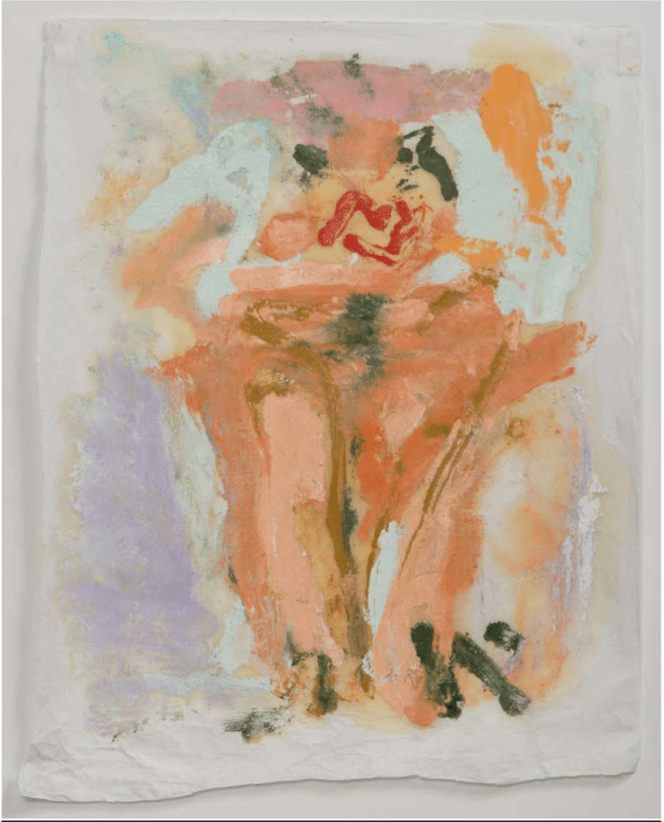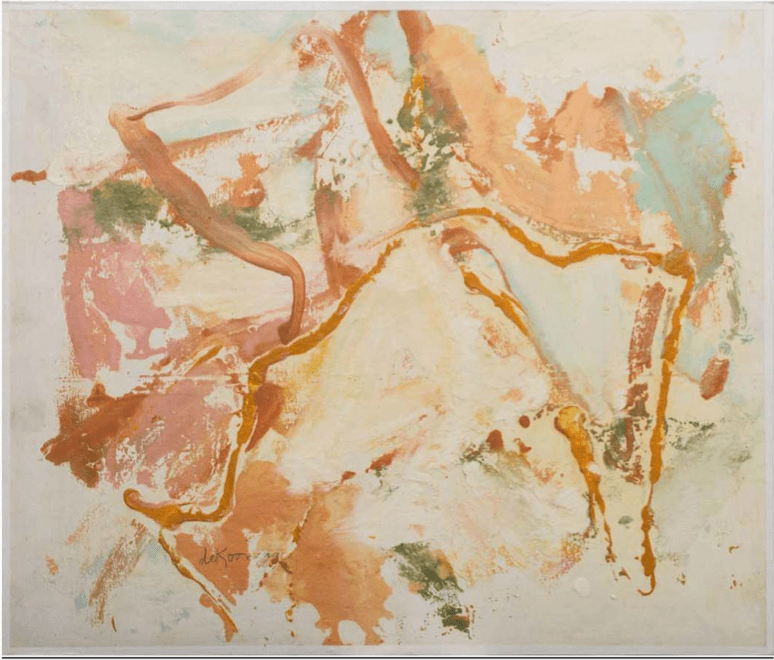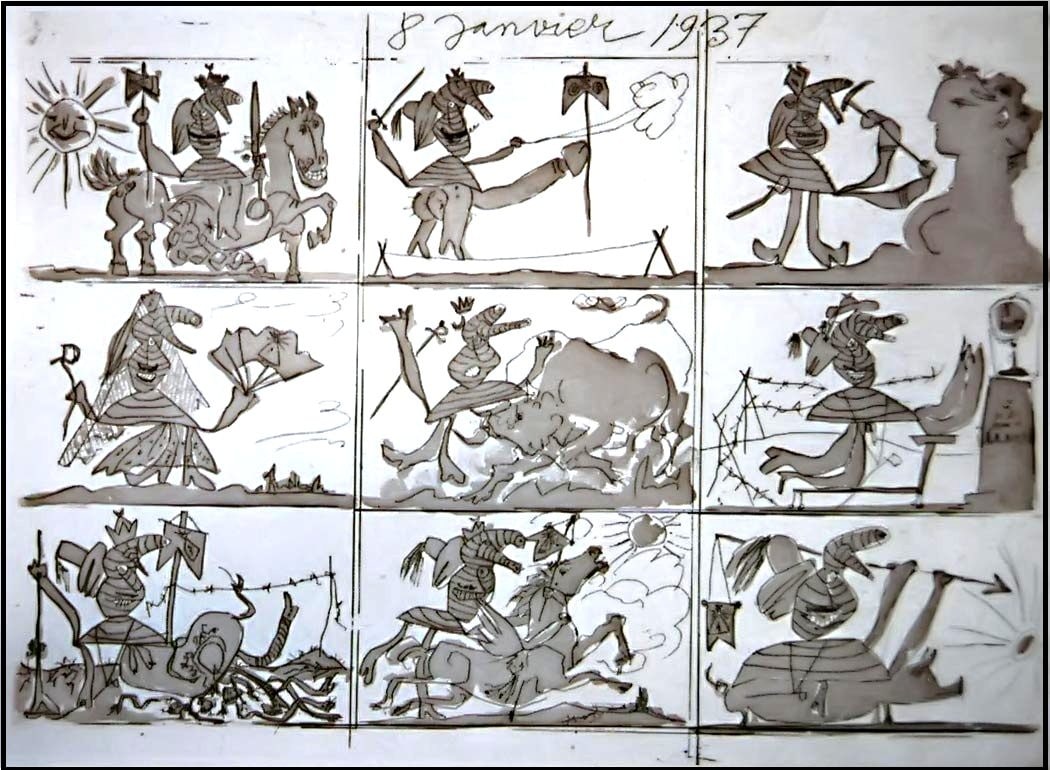The Luke Brugnara case (United States v. Luke D. Brugnara, CR-14-0306-WHA) was a criminal case involving allegations of fraud, fake art, appraisal misrepresentation, theft, and lack of due diligence among other issues. To a large extent, the outcome of the case, in the form of sentencing, was dependent on appraisals submitted by both sides in the conflict. VWA provided the expert report for the appointed public defender, with Victor Wiener testifying in the sentencing phase.
The works at issue comprised sixteen oil paintings on paper attributed to Willem de Kooning, etchings by Pablo Picasso, a portrait by American Ashcan artist George Luks, a drawing by Joan Miró, and a Valsuani-edition cast of Edgar Degas’s bronze Little Dancer Aged 14 Years. Brugnara agreed to purchase the works from Rose Long for $11 million; unbeknownst to Brugnara, most of the works on offer were on consignment to her by another dealer, Walter Maibaum. The works were alleged to have been shipped to Brugnara but no payment was received.
Brugnara addressed the Court, claiming that most of the art was fraudulent. Maibaum and Long, both of whom testified, maintained that the art was genuine and worth the offering price.
Hearing these allegations from Brugnara, Judge Alsup said at trial that if it turned out that a fraudster was a victim of fraud by another fraudster, the victimized fraudster is still guilty of fraud. However, the length of Brugnara’s jail term would depend upon the value of the art in question. In brief, if it were determined that the art was worth over $1 million, the sentence would be significantly longer than if it were determined that the art was worth under $1 million.
While appraisers are not authenticators per se, they are ultimately responsible for the determination of authenticity, which has a significant if not determinative effect on value.
VWA and the US government’s hired appraiser, Gurr Johns, agreed that, as of the date of offering to Brugnara, the authenticity of the works attributed to de Kooning would be doubted by knowledgeable prospective buyers and therefore should be valued accordingly. In fact, while it was in the interest of the government to have high values ascribed to these works, Gurr Johns held that they had no commercial value at all, whereas VWA ascribed $80,000 to the entire group of sixteen works on paper, consistent with prices realized at auction for similar works bearing “de Kooning” signatures but with questionable provenance and visual attributes that would reasonably cause collectors to regard the works as potentially less than genuine.
Ultimately, the judge agreed with VWA that the objects should be valued under $1 million.






